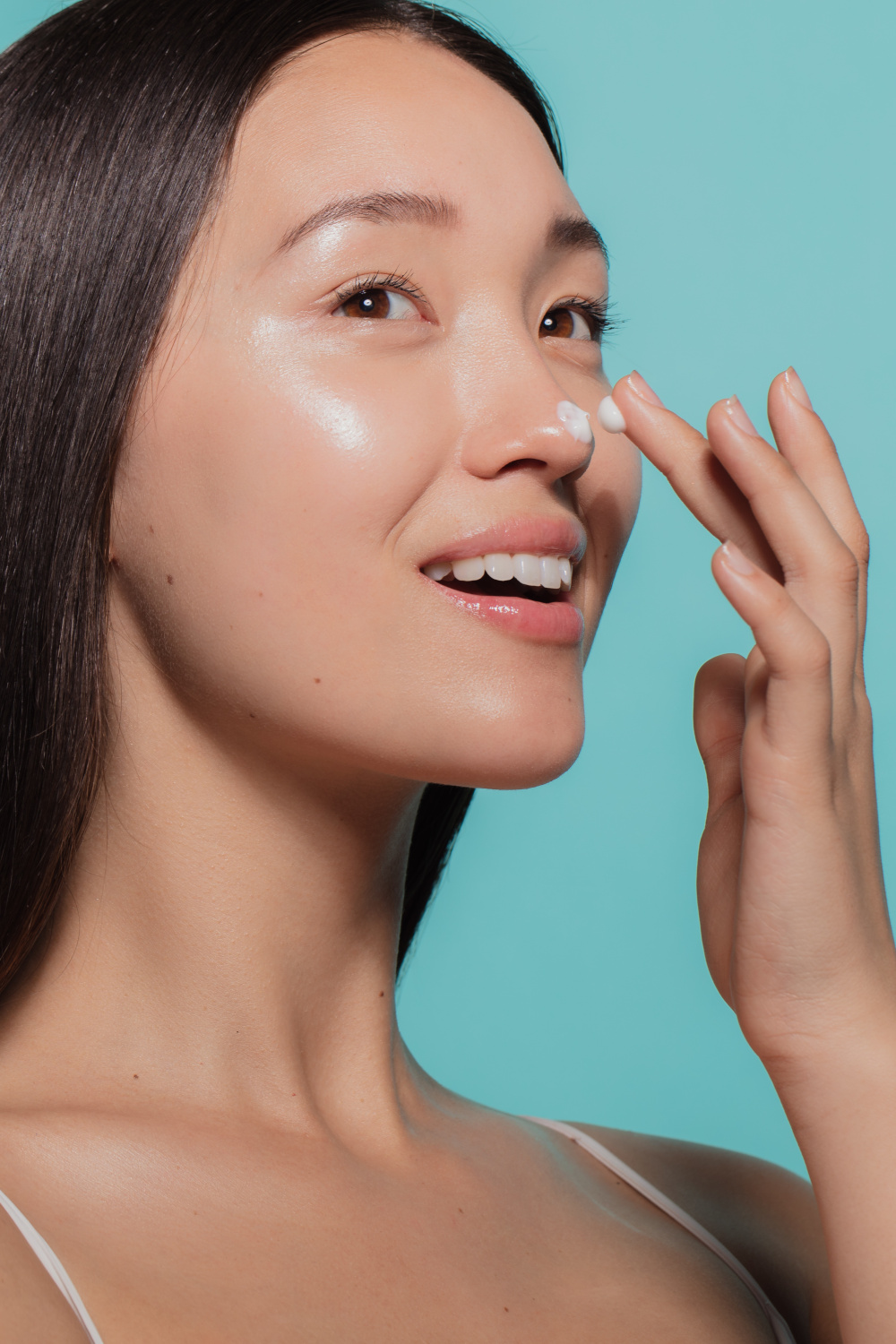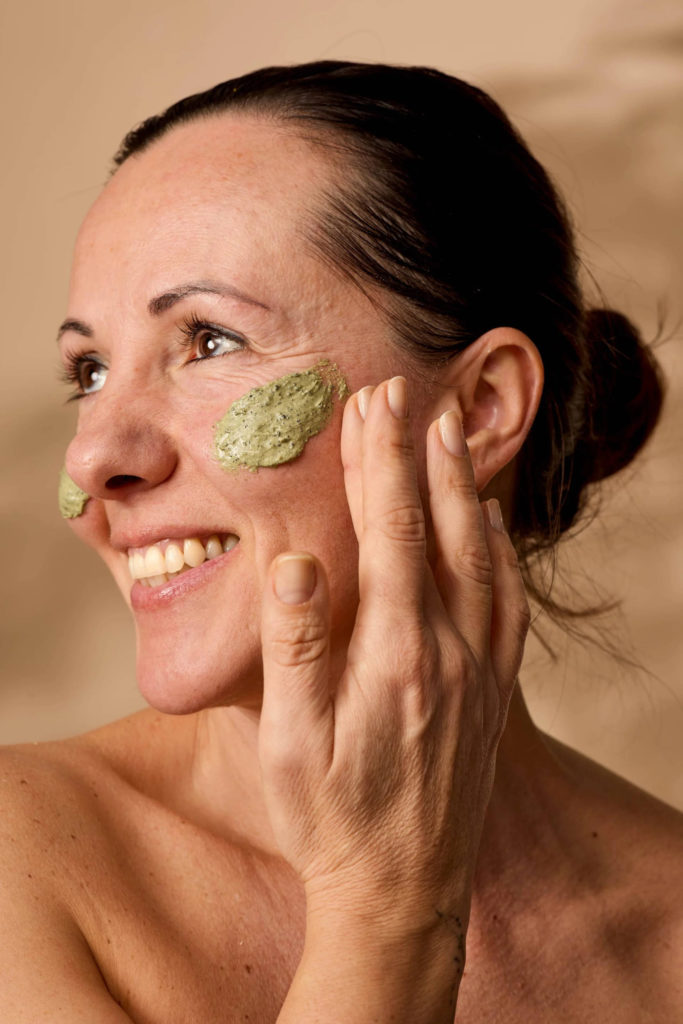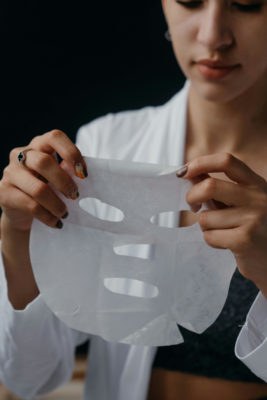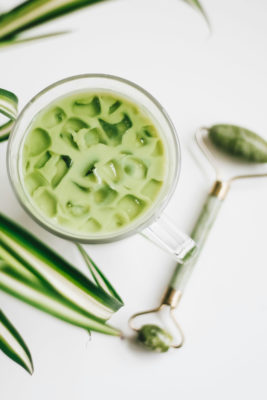
Moisture Sandwiching: This Korean Skincare Trend Is A Step Up From Slugging
By
2 months ago
It's all about the layers
Is winter doing your skin dirty? Then it might be time to dial up your routine a little. Korean skincare enthusiasts swear by this technique, which promises to gently lock in moisture and leave the skin feeling more hydrated than ever. Intrigued? Here’s everything you need to know about moisture sandwiching.
What Is Moisture Sandwiching?
‘Moisture sandwiching is a skincare technique designed to boost the skin’s hydration,’ explains Hayley Walker, Justmylook’s skincare expert. ‘This process involves layering products on damp skin to lock in moisture, ensuring the skin receives the full benefits of each product for a dewy, healthy-looking complexion.’
And like many other skincare trends of the moment – cloud skin, we’re looking at you – moisture sandwiching hails from the global beauty capital: South Korea. ‘This Korean skincare craze has become popular within the beauty industry as a whole, largely because it deeply hydrates the skin for a supple complexion. Unsurprisingly, this technique is particularly popular among those with dry skin.’
Hayley also predicts this will remain a huge trend throughout 2025, as concerns shift towards creating more naturally polished skin. ‘This technique will be popular this year as many seek radiant, healthy-looking skin,’ she says. ‘Dry skin from winter’s harsh weather conditions will also see skincare enthusiasts turn to this moisture-boosting technique to regain hydration and achieve a smooth, supple complexion.’
@christxiee This winter has been drying my skin out. I saw this moisture sandwich thing on tiktok & just had to try it out! @Clinique #CliniquePartner#Csuite #ad ♬ original sound – Christie X🤍
How To Do It
‘The moisture sandwiching process layers skincare products, starting with a lightweight, water-based toner or essence and finishing with thicker serums, to seal everything in for maximum hydration,’ highlights Hayley. She outlines each step in full, below:
- Start with lightweight, water-based products such as a toner or essence to hydrate the skin.
- Next, use a humectant serum to attract moisture; hyaluronic acid and glycerin work well for retaining moisture.
- Finally, lock in moisture using an occlusive moisturiser which has a thicker texture. This will seal in the products to hydrate the skin and attract moisture.
‘This technique should improve the skin’s texture and appearance, revealing a more supple complexion,’ explains Hayley.
As for the types of products to focus on, she suggests we ‘opt for essential skincare products alongside hydrating ones, such as cleansers, hydrating toners, hydrating serums, essences and moisturisers. Apply a hydrating mask once a week for even more of a moisture boost.’
Where To Do It
Start with the face, and work your way down, instructs Hayley. ‘This skincare technique can also be used on the lips and neck as a way to boost the skin’s overall hydration,’ she adds. ‘This process will be particularly beneficial during winter when lips can become chapped, so as long as you use the correct products for your skin type and the areas, moisture sandwiching can benefit all areas of the face.’
What Are The Benefits Of Moisture Sandwiching?
Alongside softer, super-hydrated skin, Hayley notes that moisture sandwiching can also help soothe the skin. ‘It’s beneficial for those seeking to reduce skin irritation from retinol and other highly active ingredients, and hydrate the skin by aiding water retention for healthy skin and a dewy complexion,’ she highlights. ‘This technique is also great for protecting the skin as the occlusive products – the thicker moisturisers used to seal in the products – work as a protective barrier.’
@trinaalbus Do you know the moisture sandwich method for hyaluronic acid? @Shira Lazar #hyaluronicacid #beautybeyond40 #grwm #skintok #skincaredemo #learnontiktok ♬ She Share Story (for Vlog) – 山口夕依
Moisture Sandwiching vs Slugging
If the process sounds similar to another viral skincare trend, chances are you’re thinking about slugging. ‘Slugging is an intensive moisturising technique using an occlusive product,’ explained Nicola Jones, founder of skincare brand Face Junkie, in our guide to the trend. ‘An occlusive product tends to be petroleum-based, like Vaseline, and when applied to the skin it creates an airtight seal and leaves are very prominent sheen on the surface – similar to a snail or slug trail, hence the term “slugging.”’
But while similar in theory, Hayley outlines that the key difference lies in the technique itself. ‘Both trends share a similar aim to lock in moisture; however, the processes slightly differ. Moisture sandwiching involves layering hydrating products – ranging from water-based to occlusives – while slugging focuses on applying thick occlusives to lock in as much moisture.’
It’s also worth noting that slugging is performed much less frequently, due to it being quite a heavy skincare technique. It also runs the risk of causing more breakouts, as the process creates a barrier that traps oil and bacteria on the skin, which can lead to clogged pores and pimples.
How Often Should You Do It?
Unlike slugging, moisture sandwiching is a lighter technique for the skin, so it can be done daily in the morning or evening (depending on preference). It’s best to apply the technique after cleansing the skin, to help lock in moisture on a clean surface.
@kristingl Replying to @Dylan Blackett Retaining moisture = moisturizing ingredients and occlusives. But remember you need to hydrate your skin prior because you need something to retain! ✨ #moisturizer #hydration #skincare #humectants ♬ original sound – Kristingl
Which Products Don’t Work For Moisture Sandwiching?
Be careful with stronger products, warns Hayley. ‘As this technique focuses on hydrating the skin and locking in moisture, highly active ingredients such as exfoliants and retinol should be avoided,’ she says. ‘These harsh ingredients can irritate the skin and strip away moisture, leading to redness, itchiness and dry skin. Applying these ingredients on damp skin can also cause irritation as the skin is more easily penetrated.’
As for the final layer: ‘While occlusive moisturisers are effective as the final step to lock in moisture, avoid using rich creams that prevent the skin from absorbing the other hydrating products. Products containing harsh alcohol or fragrance should also be avoided during this process as these ingredients can strip the skin’s moisture.’
Which Skin Types Should Try The Trend?
As mentioned, moisture sandwiching works really well for those with drier, sensitive skin, as it delivers both hydration and a soothing impact. But it’s also a technique that can benefit oily complexions – as long as products aren’t layered too heavily.
The Final Word: Does It Work?
The internet seems to be in agreement: yes, moisture sandwiching does work (when done right). ‘Applying the correct products and incorporating hydrating products into your routine will improve the skin’s appearance and texture,’ says Hayley, ‘leaving you with smooth skin and a dewy complexion.’
Featured image:










